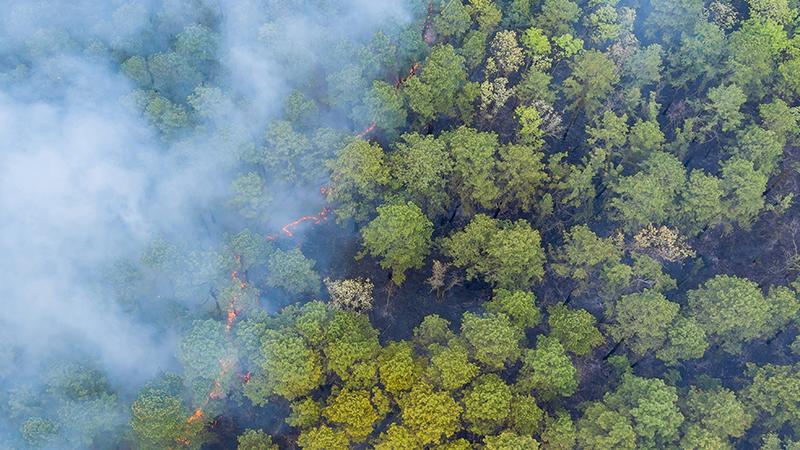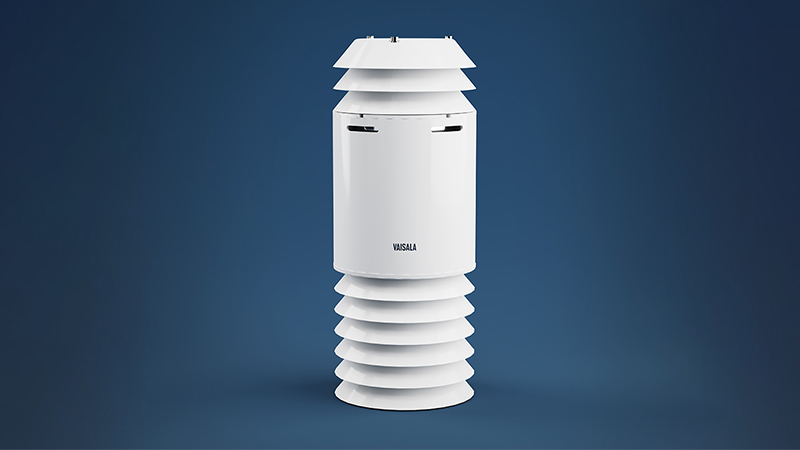The planet is on fire: Vaisala’s impact on the upcoming wildfire season
As the frequency and intensity of extreme weather phenomena such as hurricanes, severe lightning storms or wildfires escalates, weather forecasting solutions and data become more critical. Continuous monitoring and real-time data are our allies in predicting and preparing for storms or fire outbreaks and enabling swift responses. The significance of this technology lies in safeguarding ecosystems, homes, critical infrastructure, and ultimately, lives.
The frequency, severity, and duration of wildfires are on the rise globally. The events are becoming more extreme in terms of acres burned, duration, and intensity, with the potential to disrupt transportation, communications, water supply, and power and gas services. According to America’s Cyber Defense Agency1 in the US alone, the average amount of forested land destroyed by wildfire annually has increased by 1,000% over the past 40 years – and things are only getting hotter. Wildfire smoke comprises a hazardous blend of air pollutants, and simultaneously exerts an impact on the climate by discharging substantial amounts of carbon dioxide and other greenhouse gases into the atmosphere.
The air we breathe should be a source of life, not harm. Our recently introduced AQT560 detects and classifies small particulate matter, making it an invaluable tool for monitoring wildfire smoke. By tracking a wide range of pollutants such as particulate matter, ozone, and nitrogen dioxide, our technology also allows cities to intervene, reduce emissions, and safeguard public health. Clean skies and healthy lungs—a shared vision that is within our reach.
Beyond the flames, we find lightning—a force of nature that can ignite wildfires, endanger lives, and disrupt power grids. We at Vaisala are standing tall in weather intelligence, combining satellite data with our terrestrial Global Lightning Detection Network, and identifying the most dangerous lightning strikes. The recently published Annual Lightning Report reveals more than 2 billion lightning events in 2023 alone! This knowledge empowers authorities to issue safety warnings and deepens our understanding of lightning's impact all over our world.
And what about the natural giants, fierce and hungry hurricanes? Predicting their paths and intensities is not just a scientific feat but a critical component of disaster preparedness. The need for satellite tracking comes without a question, and our dropsondes, once dropped from an airplane, provide critical data from the inside of the storm. By collecting atmospheric data such as wind speed and direction, temperature and humidity, the collected data helps in understanding the structure of the storm and determine the windspeeds and pressure is at the surface, and in the eye. This data is also needed for improving the hurricane forecast. With early warnings and precise tracking of storm trajectories, our data intelligence empowers communities to evacuate in a timely fashion, governments to implement strategic measures, and businesses to fortify their infrastructure against the impending tempest.
These environmental impacts on wildfires are concerning, but we believe that with the right instruments and intelligence it is possible to anticipate, forecast, prepare for, and even prevent them. This is the vision that propels us forward at Vaisala — one where measurement data enables positive climate actions and a measurable impact on people and the planet.
References:
1. March 28, 2024: Cybersecurity & Infrastructure Security Agency CISA
Extreme Weather and Climate Change | Cybersecurity and Infrastructure Security Agency CISA
Wildfires | CISA



Add new comment